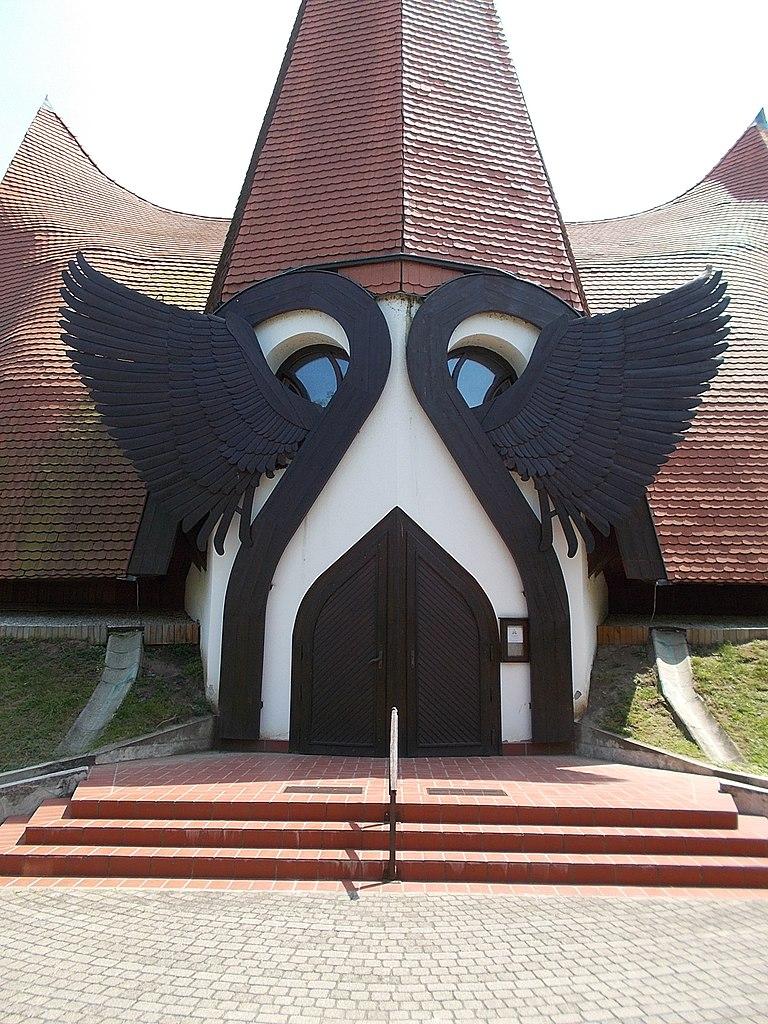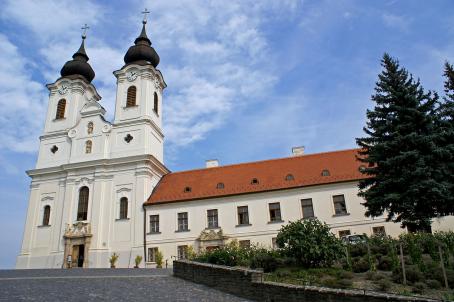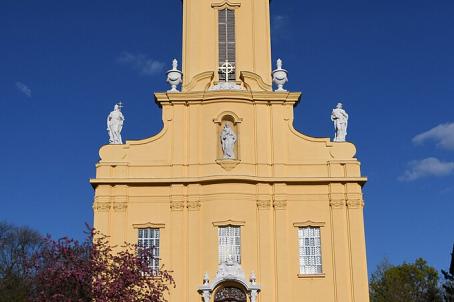Lutheran church

The Lutheran church of Siófok was built in the 1980s in an organic style according to the plans of Imre Makovecz. Much of the wood needed for the construction of the church was sent from Oulu, Siófok's twin town, so the public space around the church was named Oulu Park. One of the seven towers of the Hungarian pavilion at the World Exhibition in Seville in 1992 served as a model for the tower of this church.




